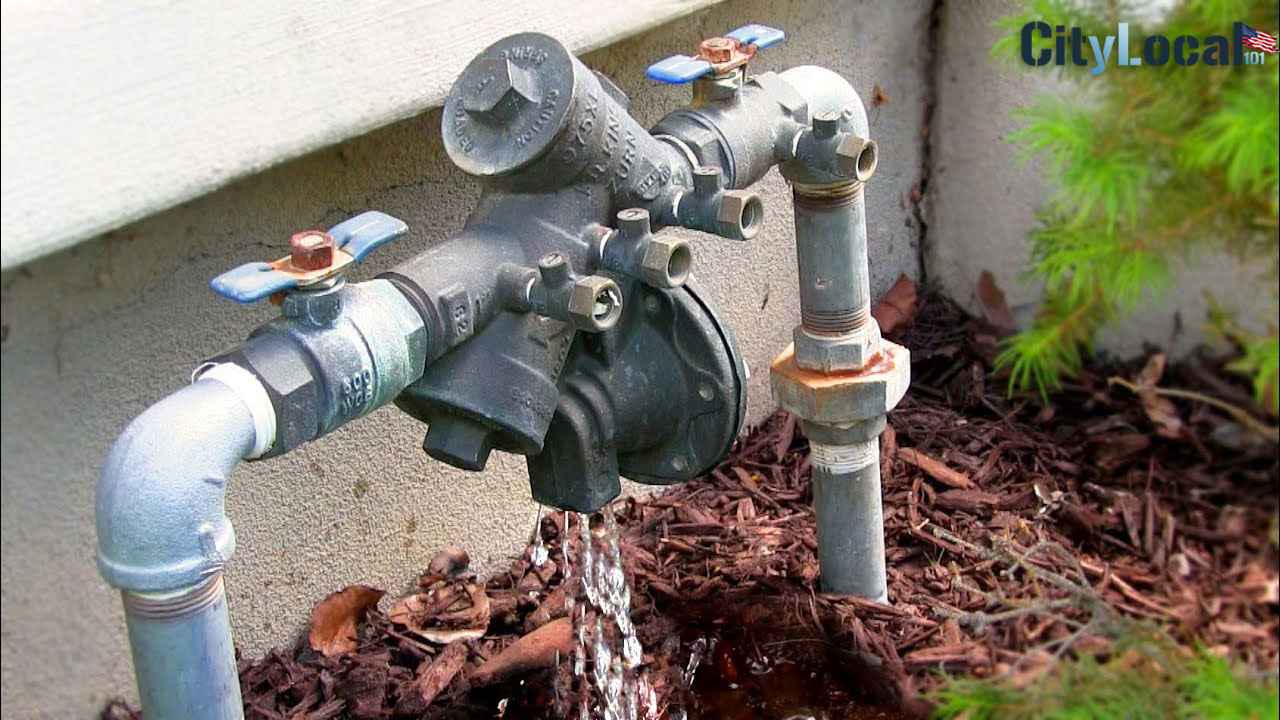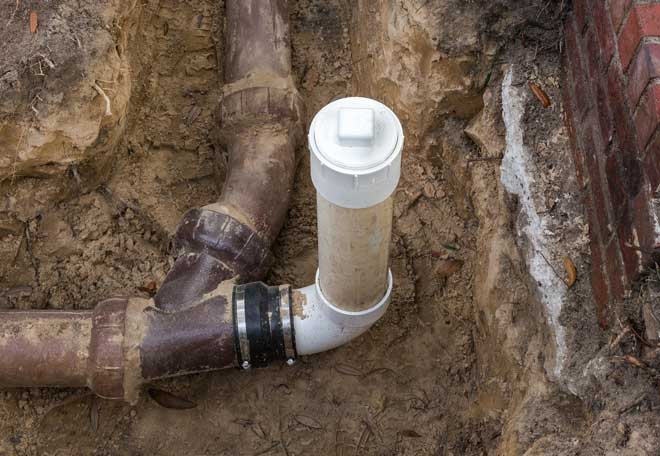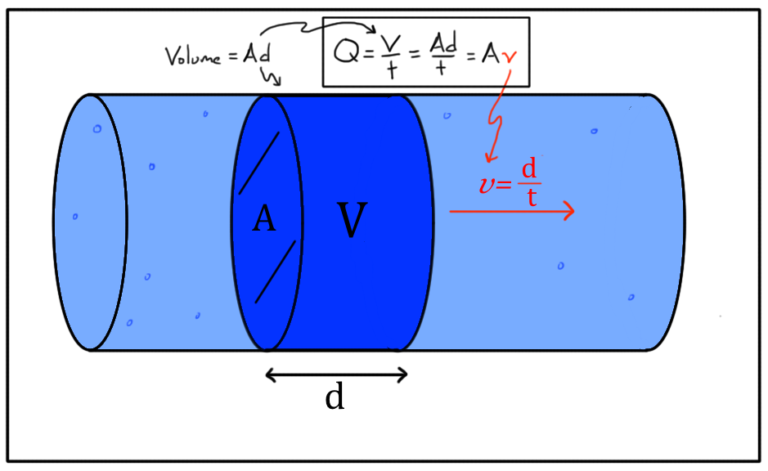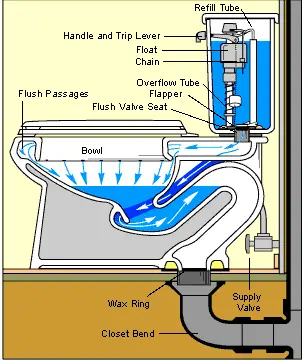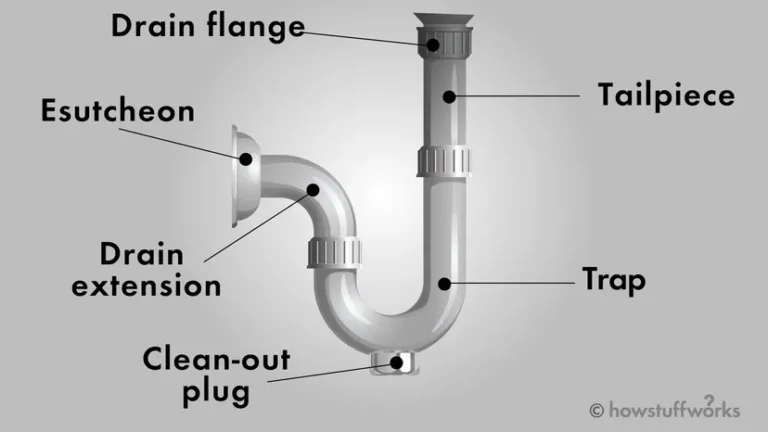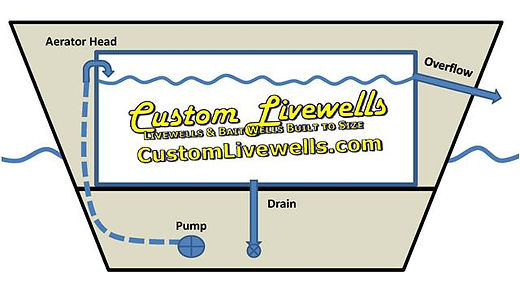What Plumbing Device Helps Prevent A Backflow?
A plumbing device that helps prevent backflow is called a backflow preventer. Backflow preventers are designed to prevent the reverse flow of contaminated water from entering the public water supply. They are used in both residential and commercial plumbing systems to ensure that the water in the plumbing system is safe for drinking and other uses. Backflow preventers are typically installed near the water main and may include a variety of components such as a check valve, a vacuum breaker, and a pressure regulator. Properly installed and maintained backflow preventers can help protect the public water supply from a variety of contaminants, including sewage, agricultural chemicals, and other pollutants.
Definition of Backflow
Backflow is the term used to describe a reversal in the normal direction of the flow of water. It occurs when pressure in the system drops below the atmospheric pressure, allowing contaminated or untreated water to flow back into the potable water system. This can be caused by a variety of issues such as a broken water line, a malfunctioning pressure regulator, or a blocked pipe. Backflow can be a major health hazard, as it can cause contamination of the potable water system, leading to illness and disease. The prevention of backflow is essential to keep potable water safe for drinking and other uses.
Causes of Backflow
Backflow occurs when contaminated water flows in the opposite direction of the intended flow, resulting in water contamination. This can happen due to a variety of causes including pressure changes, cross-connections, back pressure, and back siphonage. Pressure changes can cause backflow when there is a sudden decrease in pressure in the supply mains, which can cause contaminated water to enter the supply. Cross-connections occur when a plumbing system is connected to a contaminated water source. Back pressure occurs when a water system is connected to a higher-pressure source, forcing contaminated water back into the supply. Back siphonage occurs when a water system is connected to a lower-pressure source, sucking contaminated water into the supply. Understanding the causes of backflow is essential to preventing water contamination and protecting public health.
Different Types of Plumbing Devices Designed to Prevent Backflow
Plumbing devices designed to prevent backflow are an essential part of any building’s plumbing system. Backflow prevention devices are designed to ensure that water flows in the right direction, preventing contamination of drinking water sources. These devices come in a range of different shapes and sizes and are suitable for a variety of plumbing applications. Examples of backflow prevention devices include check valves, air gaps, vacuum breakers, pressure vacuum breakers, and double-check valves. Each of these devices performs the same basic function, which is to ensure that water flows in the desired direction and prevent contaminated water from entering the drinking water supply. In addition to providing safety, backflow prevention devices also improve the efficiency of a plumbing system, and are an important part of any plumbing installation.

How Plumbing Devices Work to Prevent Backflow
Plumbing devices are an important part of our everyday lives, and they help to prevent backflow in our homes. Backflow is the reverse flow of the water in plumbing systems, causing contamination and other hazards. Plumbing devices such as backflow preventers, check valves, and air gaps are used to prevent backflow and keep our homes safe. Backflow preventers are installed in the main water line to the home and use a spring-loaded disc, clapper, or ball to stop the backflow of water. Check valves are installed in individual fixtures and help to keep the water flowing in the right direction. Finally, air gaps are installed between fixtures and the main water line to ensure that water is not siphoned back into the system. By using these plumbing devices, we can ensure that our homes are safe and free from contamination.
Benefits of Installing Plumbing Devices to Prevent Backflow
Installing a plumbing device to prevent backflow is one of the best ways to keep your home and business safe from potentially hazardous water contamination. Backflow is when contaminated water from a public sewer system or a domestic wastewater system is forced back into a potable drinking water system, potentially putting your health and safety at risk. Installing a plumbing device to prevent backflow is an economical and effective way to protect your home or business from such contamination. Not only does this device provide peace of mind, but also helps to reduce the risk of costly repairs due to water damage. Additionally, these devices are designed to be low-maintenance and can last for several years with minimal upkeep. Installing a plumbing device to prevent backflow is an easy, cost-effective way to safeguard your home and business from potential contamination and water damage.
Maintenance of Plumbing Devices to Help Prevent Backflow
Backflow prevention is an important part of maintaining plumbing devices. Backflow occurs when water flows back into a plumbing system in the wrong direction, typically due to inadequate pressure or a system malfunction. This can lead to contaminated water entering the system and can cause serious health risks. Regular maintenance of plumbing devices can help to prevent backflow, such as checking for broken or damaged pipes, ensuring all seals are secure, and inspecting water pressure levels. Additionally, installing backflow prevention devices such as air gaps, check valves, and double-check valves can also help to ensure that backflow does not occur. Regular maintenance of plumbing devices can save time, money, and hassle in the long run.
FAQs About the What Plumbing Device Helps Prevent Backflow?
1. What is a backflow prevention device?
A backflow prevention device is a plumbing device that prevents the reverse flow of water, wastewater, or other substances from a property into the public water supply.
2. What are the benefits of using a backflow prevention device?
Using a backflow prevention device can help protect the public water supply from contamination. It can also help reduce the risk of flooding or water damage caused by backflow.
3. How do I install a backflow prevention device?
Installing a backflow prevention device requires a professional plumber. The plumber will need to assess the water flow and determine the best type of device for your needs. They will then install the device according to local regulations and test it to ensure it is functioning properly.
Conclusion
The plumbing device that helps to prevent a backflow is a backflow preventer. This device is installed in a plumbing system to ensure that water flows in one direction only, preventing contaminated water from flowing back into the clean water supply. The backflow preventer is important for protecting the safety and integrity of the plumbing system, and it should be regularly maintained and tested for optimum performance.

